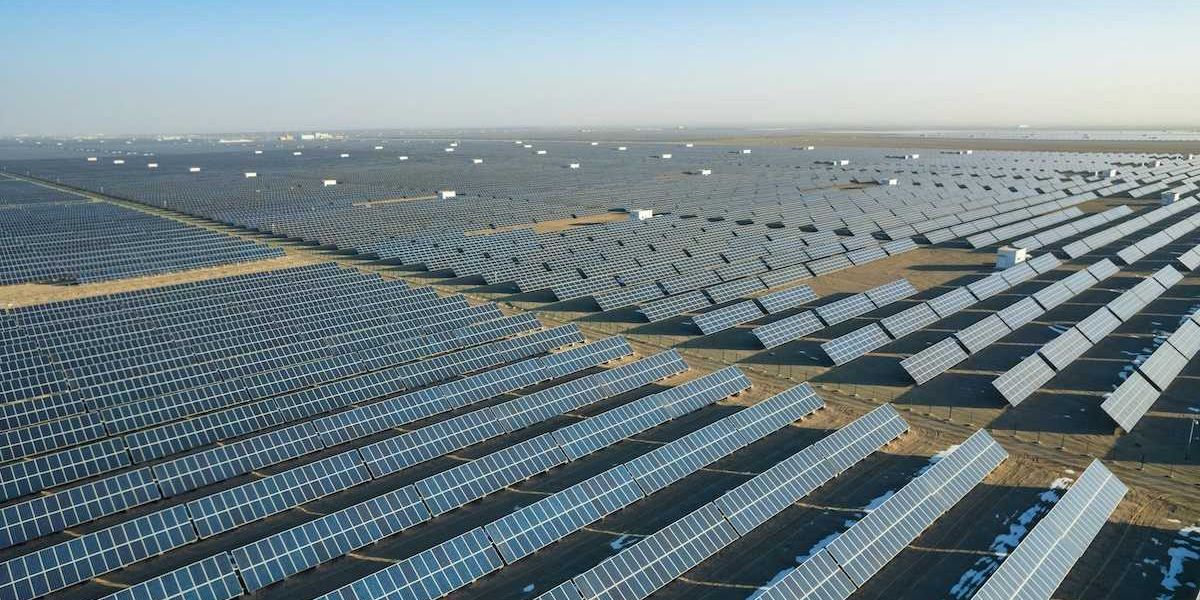World will surpass 1.5C warming limit in two years if emissions stay on current track
Scientists say global carbon emissions must drop sharply starting now to avoid dangerous temperature rise, but fossil fuel use continues to surge.
Damian Carrington reports for The Guardian.
In short:
- The world’s remaining carbon budget to limit warming to 1.5C will be exhausted by 2027 if current CO₂ emissions levels persist, according to a new study by 60 leading climate scientists.
- Sea levels are rising twice as fast as they were from 1971 to 2018, driven by warming oceans and glacial melt, threatening massive coastal migration and damage to marine ecosystems.
- Global emissions hit a record high in 2024, and while renewable energy is expanding, energy demand is rising even faster, fueling further climate instability.
Key quote:
“The remaining carbon budgets are declining rapidly and the main reason is the world’s failure to curb global CO₂ emissions.”
— Prof Joeri Rogelj, Imperial College London
Why this matters:
Passing the 1.5C warming threshold marks a tipping point that accelerates heatwaves, floods, fires, crop failures, and sea-level rise. Each fraction of a degree worsens global conditions, especially for the poorest communities least responsible for emissions. The ocean is absorbing much of this excess heat, expanding in volume and disrupting marine ecosystems that feed millions. Rising seas already displace people and damage infrastructure, but future warming threatens far worse: catastrophic inland migration, freshwater loss, and collapsing food chains. The pace of change — faster than models predicted — makes it harder for societies and natural systems to adapt. Meanwhile, fossil fuel use climbs, undercutting promises to transition to cleaner energy.
Read more: Earth is now expected to cross 1.5°C warming by 2027, WMO warns













